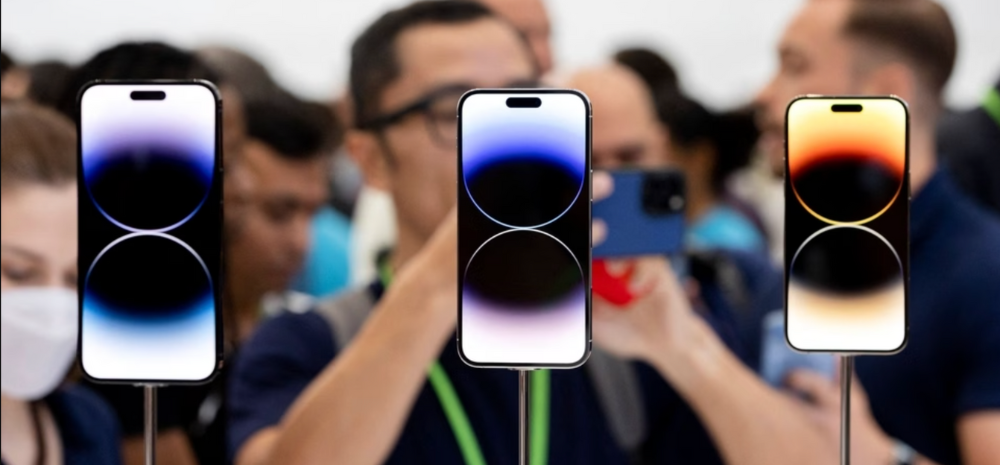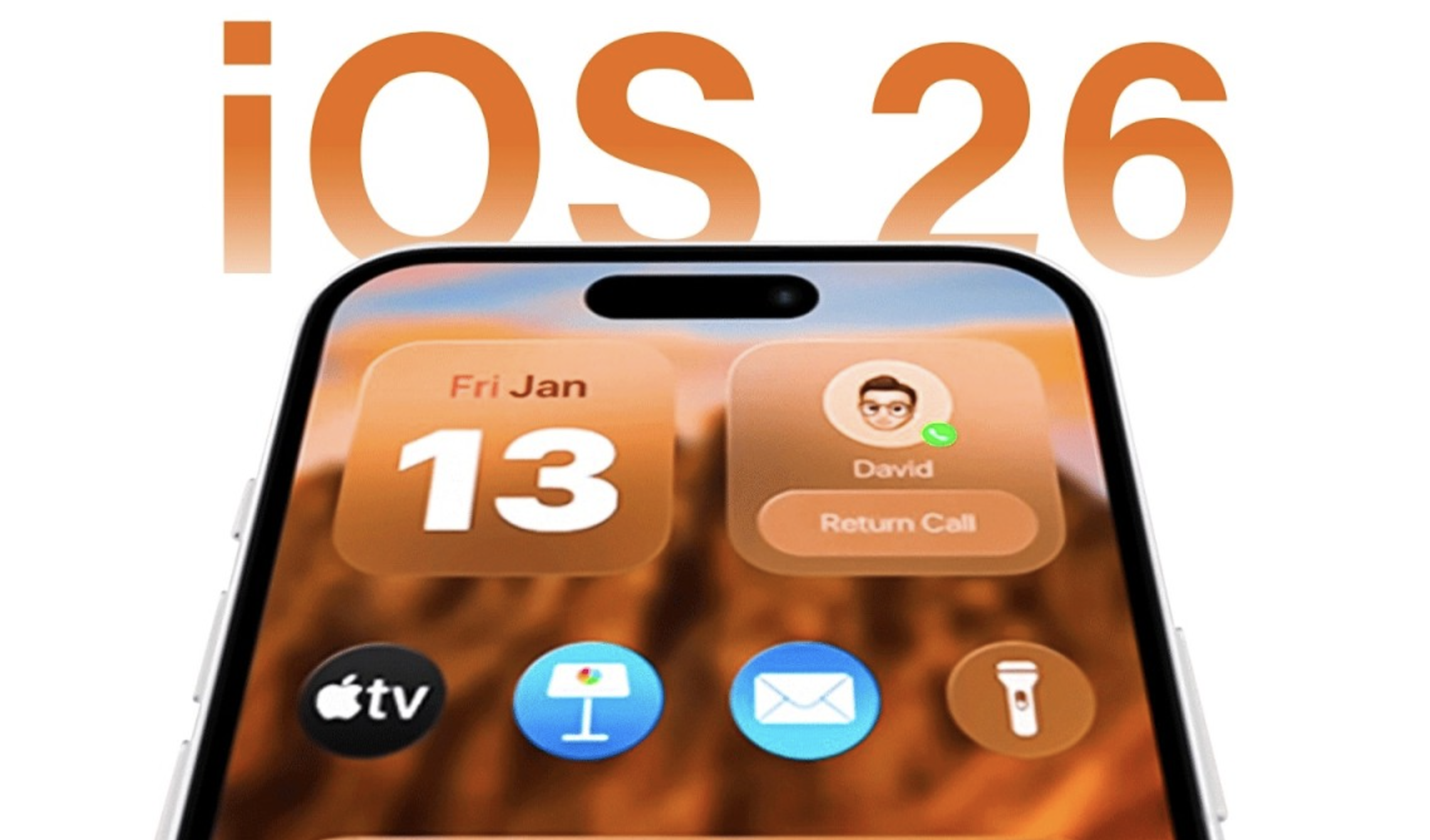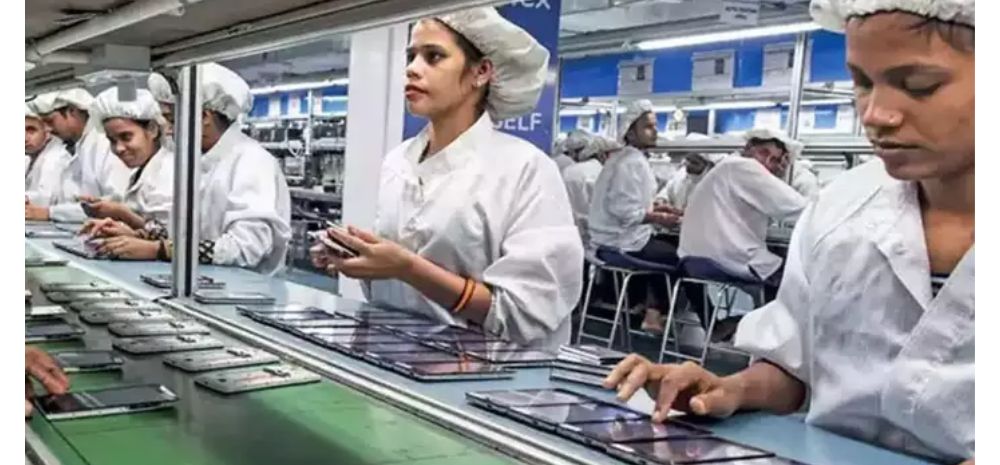The US government has introduced new tariffs on foreign goods to encourage companies to shift manufacturing back to American soil. President Donald Trump believes this move will boost local industries and create millions of jobs. However, critics warn the move could have a dramatic impact on product prices, particularly on popular tech items like the iPhone.

Apple May Face Massive Cost Hike
According to a CNN report, if Apple manufactures iPhones entirely in the US, the price could skyrocket to 3,500 dollars or about Rs 3 lakh. Currently priced around 1,000 dollars, the iPhone would become unaffordable for many. This steep rise is linked to the high cost of building and operating advanced manufacturing facilities in the United States.
Relocation Could Take Years and Billions
Moving even 10 percent of Apple’s supply chain to the US could cost at least 30 billion dollars and take three years. Apple would have to rebuild from scratch—new factories, new supply chains, and new workforce training—something the company spent decades perfecting in Asia.
Why Apple Relies on Asia
iPhones are a global product. Chips are mainly made in Taiwan, screens come from South Korea, and other parts are manufactured in China. These components are then assembled in Chinese factories, making the process highly efficient and cost-effective. This international supply chain has helped Apple maintain high margins and global dominance.
Tariffs Already Hurting Apple
Since the announcement of new tariffs, Apple’s stock has dropped by nearly 25 percent. Though the company is not shifting all production to the US yet, higher tariffs on imported parts could still raise prices by up to 43 percent. Apple has already begun diversifying production to lower-tariff regions like India and Brazil to manage risk and cost.
What It Means for Consumers
Even if manufacturing stays overseas, the cost of producing and importing iPhones is going up. Consumers could soon find themselves paying significantly more for future models. If the full manufacturing shift happens, a regular iPhone may no longer be a mass-market product but a luxury device.














